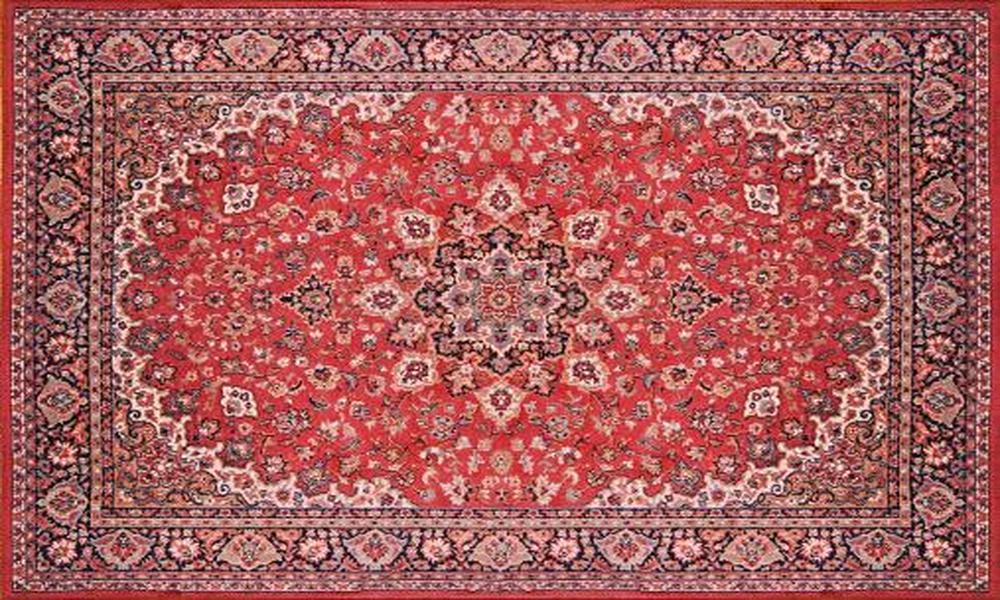Persian carpets, also known as Iranian carpets, are renowned for their exceptional quality, intricate designs, and rich history. These hand-woven textiles are created by skilled artisans who have passed down their craft from generation to generation, resulting in some of the most beautiful and valuable carpets in the world. But what exactly makes Persian carpets so special?
Firstly, the quality of the wool used in Persian carpets is one of the key factors in their value. The wool is sourced from special breeds of sheep that are raised in the mountains of Iran, and the wool is carefully selected and prepared by skilled artisans. The wool is then dyed using natural dyes, which results in vibrant, long-lasting colors that are resistant to fading. The wool is then woven using a variety of techniques, including knotting, which produces a dense and durable carpet that can last for generations.
Another unique feature of Persian carpets is their intricate designs. Persian carpets are famous for their geometric patterns, floral motifs, and intricate borders. Each design has its own unique meaning and symbolism, and the patterns are often passed down through families and tribes. The designs are created using a variety of techniques, including knotting, weaving, and embroidery, and each piece is a work of art in its own right.
What are some of the most famous types of Persian carpets?
Persian carpets come in a wide variety of styles and designs, each with its own unique history and cultural significance. Here are some of the most famous types of Persian carpets:
- Tabriz: These carpets are known for their intricate designs and high-quality wool. They are made in the city of Tabriz, which is located in northwest Iran.
- Isfahan: These carpets are known for their intricate floral designs and fine wool. They are made in the city of Isfahan, which is located in central Iran.
- Kashan: These carpets are known for their vibrant colors and intricate patterns. They are made in the city of Kashan, which is located in central Iran.
- Qom: These carpets are known for their intricate silk designs and fine craftsmanship. They are made in the city of Qom, which is located in central Iran.
- Heriz: These carpets are known for their bold geometric designs and durable wool. They are made in the city of Heriz, which is located in northwest Iran.
What is the ancient philosophy behind Persian carpets?
The history of Persian carpets dates back thousands of years, and the art of carpet weaving has been passed down through generations of Iranian artisans. Persian carpets were originally used as floor coverings, but they also served as decorative wall hangings and were often used to cover furniture.
The earliest known Persian carpets date back to the 5th century BCE, and the art of carpet weaving reached its peak during the Safavid Dynasty in the 16th century. During this time, the court of the Safavid kings became a center of art and culture, and Persian carpets were highly prized by the nobility.
Today, Persian carpets remain an important part of Iranian culture, and they are highly valued around the world for their beauty and craftsmanship. Each carpet tells a story of the history and culture of Iran, and owning a Persian carpet is a way to connect with this rich and vibrant heritage.

